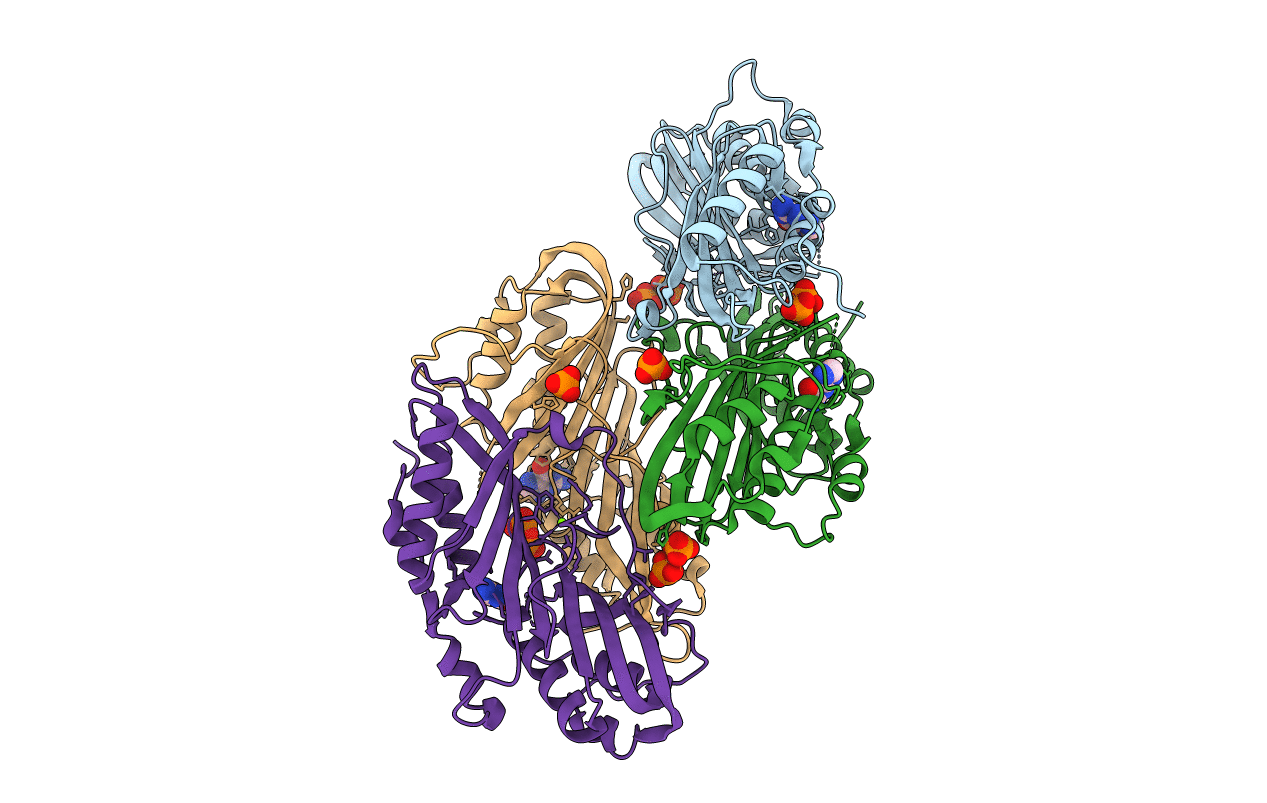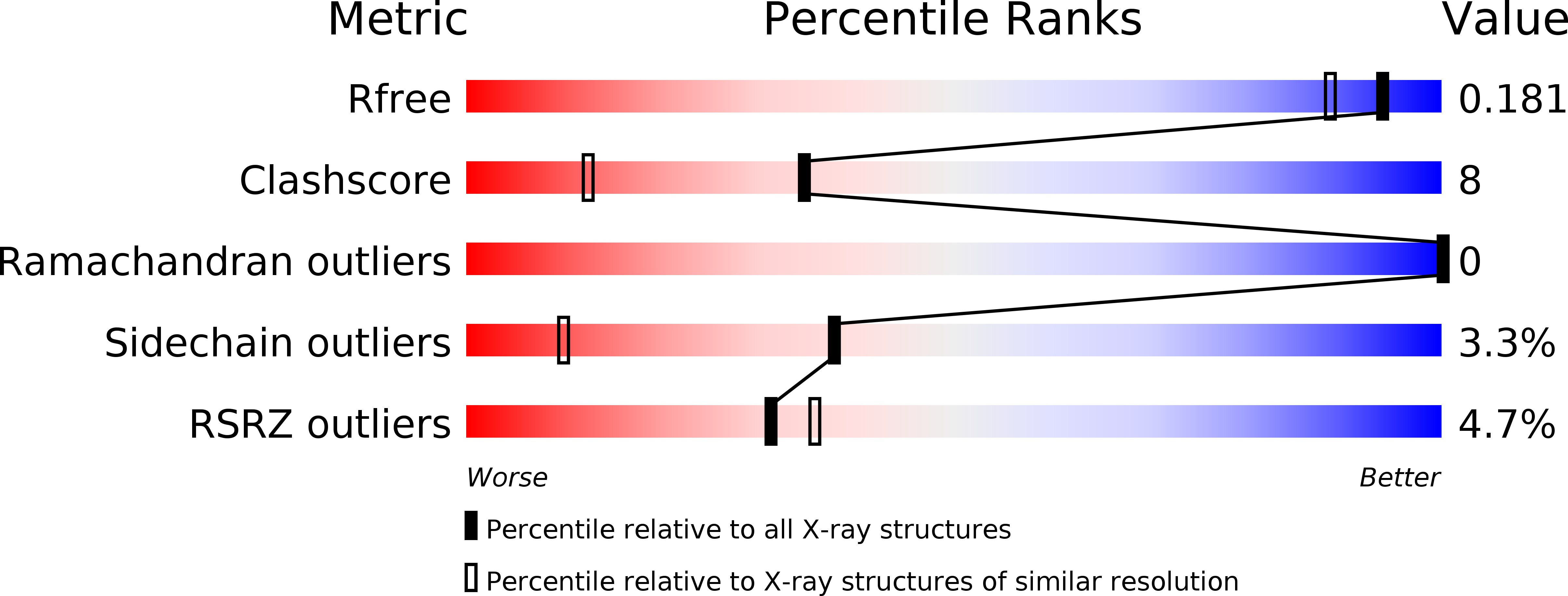
Deposition Date
2007-12-18
Release Date
2008-01-08
Last Version Date
2024-10-16
Entry Detail
PDB ID:
3BP1
Keywords:
Title:
Crystal structure of putative 7-cyano-7-deazaguanine reductase QueF from Vibrio cholerae O1 biovar eltor
Biological Source:
Source Organism:
Vibrio cholerae O1 biovar eltor str. N16961 (Taxon ID: 243277)
Host Organism:
Method Details:
Experimental Method:
Resolution:
1.53 Å
R-Value Free:
0.18
R-Value Work:
0.14
R-Value Observed:
0.14
Space Group:
P 1


